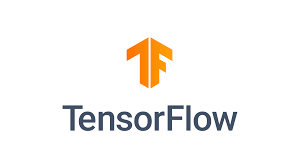Introduction to Tensorflow
TensorFlow is a free software library for data flow and differentiable programming across a variety of functions. It is a symbolic math libraryand is also used for apps for machine learning such as neural networks.It is used for both research and production at Google.TensorFlow was developed by the Google Brain team for internal Google use. It was released under the Apache License 2.0 on November 9, 2015.
Features of Tensorflow
1) Easily Trainable: It is easily trainable on CPU as well as GPU for distributed computing.
2) Large Community: Needless to say, if it has been developed by Google, there already is a large team of software engineers who work on stability improvements continuously.
3) Visualizer (with TensorBoard) : With TensorBoard you can inspect a totally different representation of a model and make the changed necessary while debugging it.
Pros of Tensorflow
1)Debugging: Tensorflow allows you to perform subpart of a graph that provides it an upper hand as you can introduce and collect discrete information on an edge, thus offering a excellent debugging technique.
2) Library Management:Backed by Google, with fresh characteristics, TensorFlow has the benefit of seamless efficiency, fast updates and frequent new releases.
Cons of Tensorflow
1)Benchmark Tests:TensorFlow lacks behind in both speed and usage when compared to its competitors(e.g Nervana)
2)Lacks in GPUSupport: The only GPUs that are currently endorsed are NVIDIA and the only complete language support is Python which makes it a downside.
Applications of Tensorflow
- Speech recognition
- Image recognition
- Object tagging videos
- Self-driving cars
- Sentiment analysis
- Detection of flaws
- Text summarization
- Mobile image and video processing
- Air, land, and sea drones


